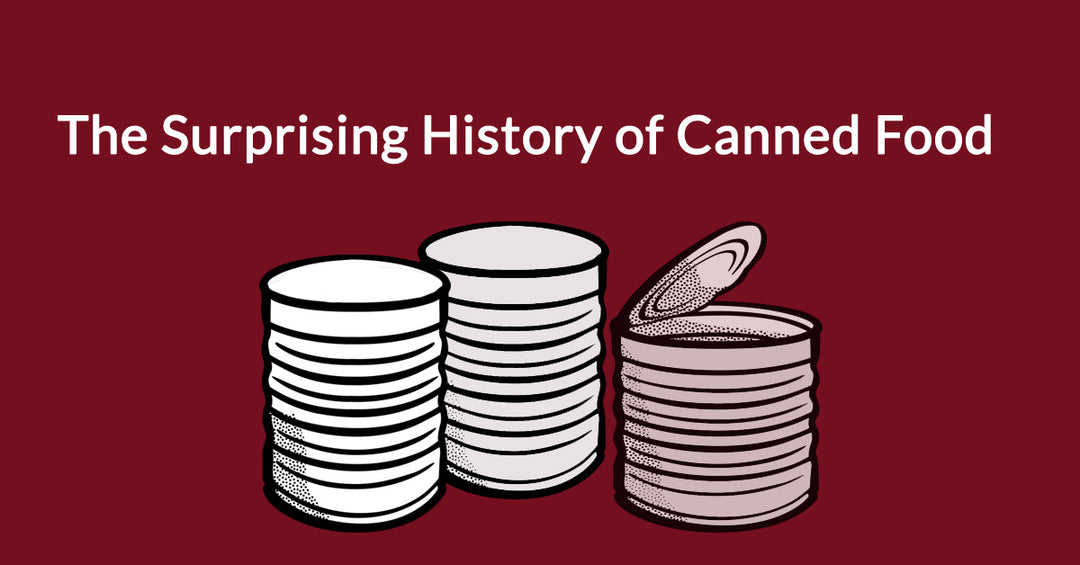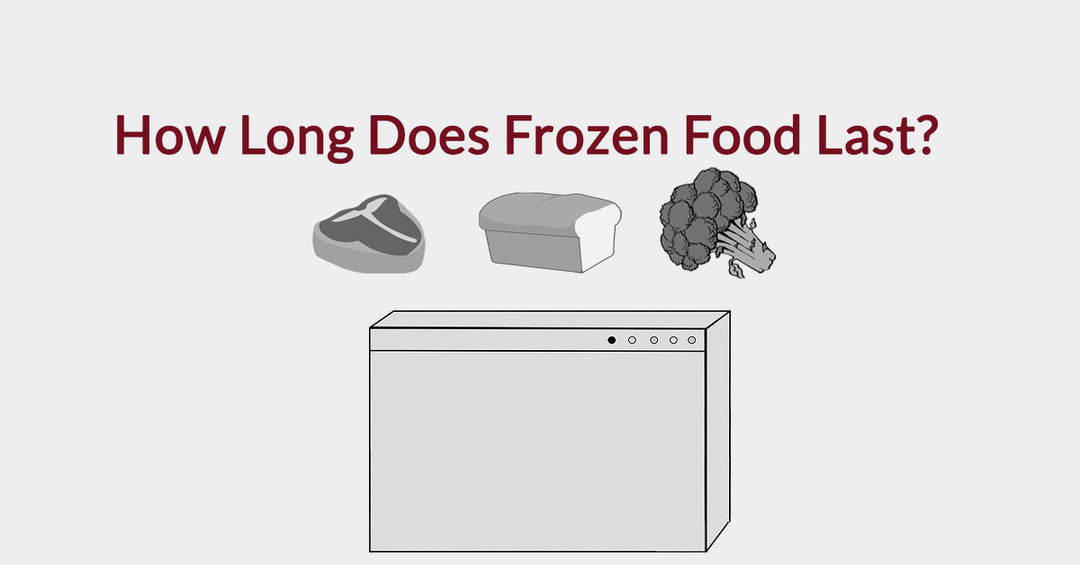What Did Pirates Eat At Sea?

There's something inherently romantic about the life of a pirate. Today we typically look at the open seas as a place of unlimited freedom. It's quite common for people to dream of retiring someday to sail the open seas. And we certainly see people who've made their fortunes at a young age doing the same.
But consider just how appealing the life of a pirate was in its heyday. A pirate didn't have to worry about retirement or earning a living. We usually think of them as living entirely off the seal with a pirate's gold coming from the coffers of pilfered ships and their meals coming from the ocean. That might be the case for their fortune, but a pirate's diet was considerably different from what we typically assume and being an actual pirate was a far harsher reality than what you see in popular culture.

All the Fish in the Sea
To begin, a pirate didn't see the ocean as a bountiful and endless cornucopia. In fact, the average pirate really didn't eat all that much seafood. It might seem like an odd choice to a modern person dreaming of life at sea. But the world of a pirate in the 1700s was quite different than what we see today. When we think about fishing at sea we tend to think about catching hundreds of fish at a time. But a pirate was using far more primitive methods to find food at sea.
Think about how much fish we'd catch while relaxing on a lake. If we dedicate a lot of time to the task then we'll typically catch enough for a meal or two. But the typical pirate ship was pressed for time. They were operating large ships under difficult conditions. What's more, the typical pirate crew is far smaller than we typically imagine. It was common for pirate ships to only have a crew of about twenty people.
These small crews didn't simply need to keep the ship moving either. The crew also needed to continually stay on guard for natural dangers, other pirates, and potential victims. All of these factors mean that fishing just wasn't a very good use of the ship's human resources.
The only real exception to a lack of seafood was the occasional sea turtle. These animal's impressive size and slow pace made for an abundant feast when they were spotted. So what did pirates live on while at sea? The answer typically comes down to a few different categories with a heavy emphasis on nonperishables.

The First Weeks of Sea Were a Celebration of Plenty
Of course, none of those restrictions were in place during the first few weeks at sea. In fact, this period was something of a vacation for most pirates. At this point the crew was typically well rested. Crewmen would often sign on to new ships at various ports. This would often mean that crews might not have set foot on a ship in months. At this point in their journey, a pirate was usually filled with the spirit of adventure that we typically associate with the profession. The food at sea was usually immensely varied at this point.
Almost anything that wouldn't go bad in a matter of hours would be consumed during these first few weeks. The crew would often bring along their own favorites, and the general stock for the ship would be filled with items such as fresh meat, fruit, vegetables and dairy. Unfortunately for the pirate ship's crew, this fare would tend to go bad fairly quickly.
We might think of all of these items as something which doesn't really stand up to the test of time. But keep in mind that pirate ships didn't have any real system of refrigeration. Nor did they have access to modern preservatives. Worse, they typically sailed in areas with extremely warm temperatures. All of these factors led to food going bad even faster than it would in the modern world.
The perishable items were enjoyed quickly and with considerable enthusiasm. Any experienced pirate knew what they had ahead of them. As such, they ate the perishable items with a gusto that any of us would envy. We might think of a pirate eating, drinking and making merry. In those early days, they certainly did make the most of their stock. After a certain point the fresh perishables would start to go bad, but they also had a renewable source of fresh meat and dairy which would last for a while.

A Surprising Menagerie on Pirate Ships
We don't usually associate ships and animals. But the average pirate ship usually had a variety of livestock on board. Chickens, cows and even goats were typically found on pirate ships. The livestock served multiple purposes.
Chickens were a great source of eggs. Meanwhile, the cows and goats could provide a pirate crew with abundant dairy. And when the time came, those same animals offer a chance to eat fresh meat again for a while. Animal bones could even be used for surprisingly nourishing soups. The animals could themselves partake of dried food meant for long-term storage. And in here we find the main bulk of a pirate's diet.

The Nonperishables of a Pirate’s Life
It's really the nonperishable items that were key to a pirate's long-term survival at sea. We've already seen that these items were used by livestock. But the average pirate would also partake of a wide variety of food amenable to long-term storage. In fact, many of these items are familiar to people who have a well stocked pantry today.
The main difference between a pirate's stock and a modern pantry is that a pirate didn't have access to an MRE or similar nutrient-dense package. A lot of work has gone into ensuring that an MRE has everything needed to keep people not just alive, but also healthy. On top of this, the 1700s didn't really have a solid understanding of nutrition. This left some big holes in their nutrient profile. In particular, the crew of a pirate ship were often lacking in vitamin C.
But what they did have is access to protein and calories from their nonperishable stock. The protein typically came from a few important sources. Dried meats, like jerky, were extremely popular. But dried plants could offer up a surprising amount of protein as well. Beans were a major item on pirate ships. Beans and other pulses also ensured that the average pirate had some fiber in their diet. Fruits and vegetables tended to go bad fairly early on in a voyage. As such, the fiber from pulses became a very important part of a pirate's diet. The protein-heavy nonperishables were further enhanced by various grains.
A pirate would usually have an option to eat hardtack too. Hardtack is perhaps best known to modern readers as a staple item during the American Civil War. But this important, if often reviled, food was also found on pirate ships. It was usually only eaten when other supplies were growing scarce. It's easy to see why that's the case. Hardtack itself is only made with flour, water and sometimes salt. It tends to be fairly dry and tasteless. And hardtack might become so hard that it was difficult to chew. On top of all that, insects would often find their way into hardtack supplies due to the fact that it went untouched for a long time.
The Occasional Lucky Finds
Of course a pirate's life is primarily defined by piracy. This means that a pirate crew could expect to occasionally fill their stock with whatever another ship might have on hand. And while seafood wasn't a staple of a pirate's diet, they might still have the occasional haul of fresh food from the open water. Even sea turtle eggs could find their way onto the menu if a pirate happened to spot a likely source.

From Ancient Times to the Modern Day
In the end, many of their preferences make a lot of sense even in a modern context. For example, the pirate's emphasis on beans and other pulses is a wise choice for anyone who can't restock their supplies on a regular basis. The main difference for modern sailors comes down to the availability of MREs. These items take care of both nutrition and taste at the same time. It also makes up for any nutritional gaps provided by standard nonperishables.
We also have easier access to dried fruits than the sailors of the 1700s. The ready supply of citrus and vitamin-C-rich foods would be the envy of any pirate. Between a wider variety of beans, MREs and dried fruits it's easy to see why the modern sailor has it much easier than the pirate crews of old.




